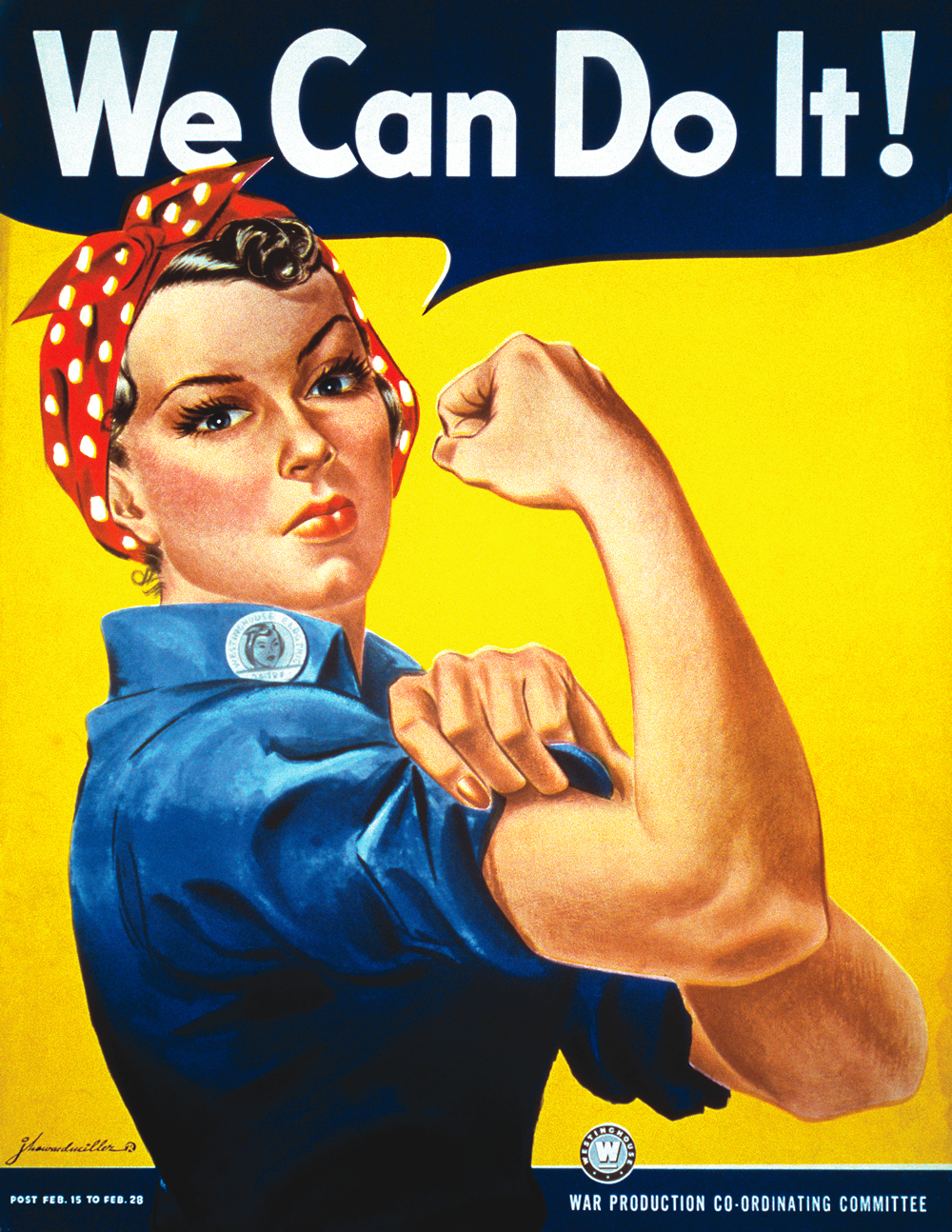
When I decided to leave my corporate tech job, public speaking was part of The Plan. However I didn’t really know where to begin. I built a talk from some of my more popular blogposts and started submitting it to CfPs I happened across. Luckily, I met up with Chiu-Ki on a trip to the valley, and mentioned it. She talked about her journey into public speaking, encouraged me, and on a practical level – started sending me CfPs.
As a result, we met in Copenhagen en route to Øredev, where we were both speaking (a CfP she had sent me, and encouraged me to apply to). And we talked about building your identity after leaving an insular environment, about how we had approached it, mistakes we had made, wins, and how we could potentially help other people – especially other women – do the same.
We opted for a mailing list, because we weren’t keen on the idea of maintaining a static site and questioned the efficacy of a static site – people expect push notifications now, they rarely check, and because we liked the idea of a regular prompt in the inbox, reminding people that they have expertise to share, along with resources to make it seem more doable. Also I had finally noticed that newsletters were A Thing, everyone seemed to have one – except me.
For collaborative projects, I think there are two things that are important: a process, and your values.
We discussed and agreed on our values up front.
Whilst we had both done a lot of work to raise the profile of women, we didn’t see any need to brand what we were doing as a thing “for women”. We would brand it for everyone, and have a Secret Feminist Agenda.
Firstly, we would only share CfPs with a Code of Conduct. We believe that a Code of Conduct is necessary, but not sufficient. Not having one is a clear sign that the conference organisers are behind the times, don’t value the safety of marginalised people – or worse, don’t believe that is relevant.
Secondly, we would curate CfPs based on how they treat the speakers – we agreed that conferences should, at a minimum, cover travel.
Thirdly, at least half the content would be from women. This, to me, has been one of the most interesting aspects. Typically Chiu-Ki curates the CfPs and the inspiration, and I curate the link round up, so this falls more on me to check and balance. At first it was hard, but over time it has got much easier, to the point where sometimes I have to go looking for content from men to balance things out.
Note: whilst we actively look for content from other underrepresented groups we don’t measure or have targets for this – maybe we should.
The consequences of The Secret Feminist Agenda have been fascinating, heartening, and also sad.
Men have not seemed to notice. They say, “I love your newsletter”, comment on the need for such a thing.
Women notice. Some think it is a newsletter for women – it’s not. Is it because it’s written by two women? Because they are not used to something for everyone being relevant to them? Because they notice how much content by women is included? Because we talk about diversity?
I don’t know. But what I think that we have shown – 6 months on – is that content in tech that considers women as important consumers, can still be branded as for, and be relevant to everyone.

6 replies on “The Story Behind The Newsletter”
How @chiuki and I came to start @techspeakdigest – The Story Behind The Newsletter – http://t.co/ayZDklj9SW
RT @catehstn: How @chiuki and I came to start @techspeakdigest – The Story Behind The Newsletter – http://t.co/ayZDklj9SW
RT @catehstn: How @chiuki and I came to start @techspeakdigest – The Story Behind The Newsletter – http://t.co/ayZDklj9SW
RT @catehstn: How @chiuki and I came to start @techspeakdigest – The Story Behind The Newsletter – http://t.co/ayZDklj9SW
[…] The Story Behind The Newsletter […]
[WORDPRESS HASHCASH] The comment’s server IP (69.163.242.185) doesn’t match the comment’s URL host IP (69.163.242.203) and so is spam.
[…] year ago Chiu-Ki and I met up in Copenhagen and decided to start a newsletter about public speaking in tech. Technically Speaking has been going ever since. We’ve learned […]
[WORDPRESS HASHCASH] The comment’s server IP (69.163.242.185) doesn’t match the comment’s URL host IP (69.163.242.203) and so is spam.